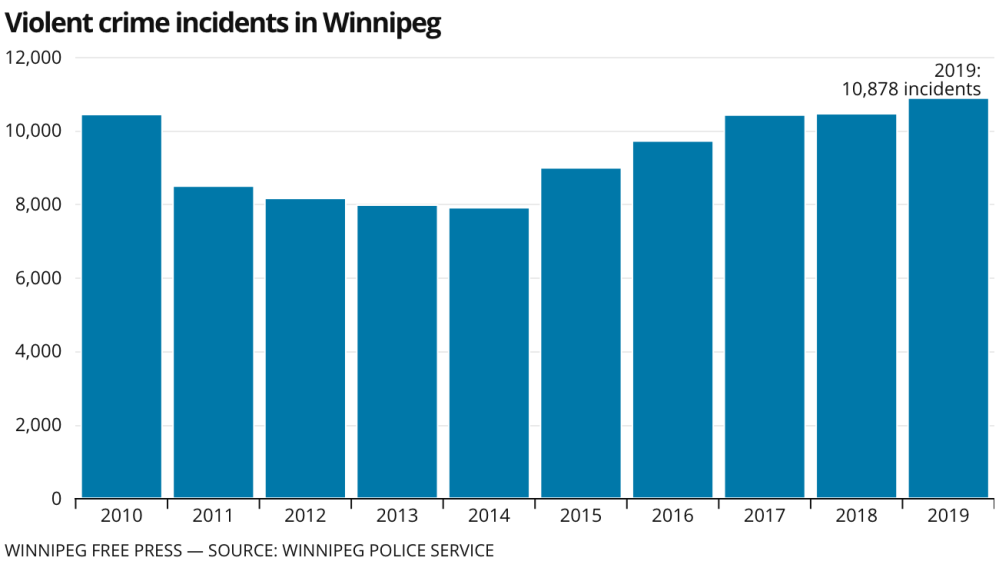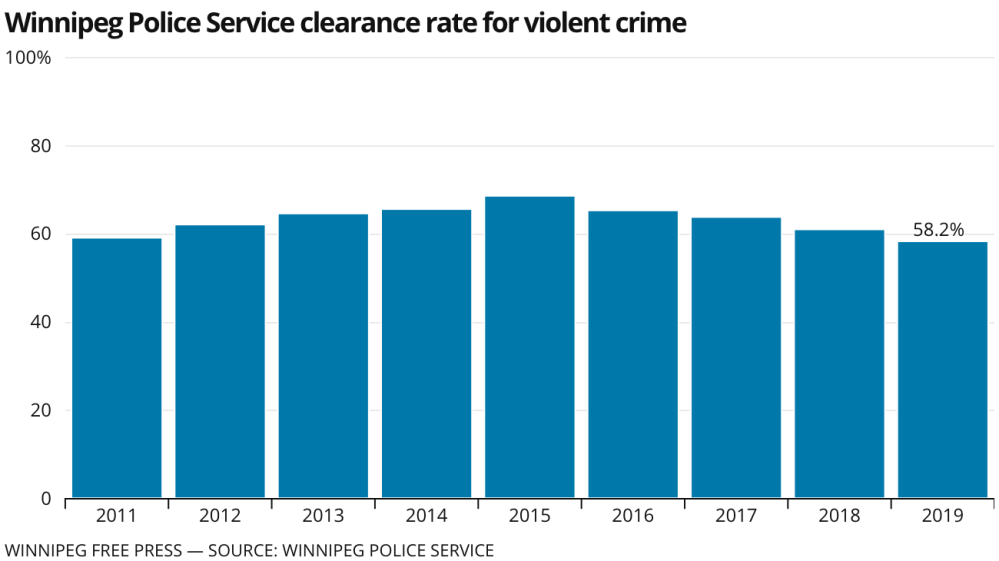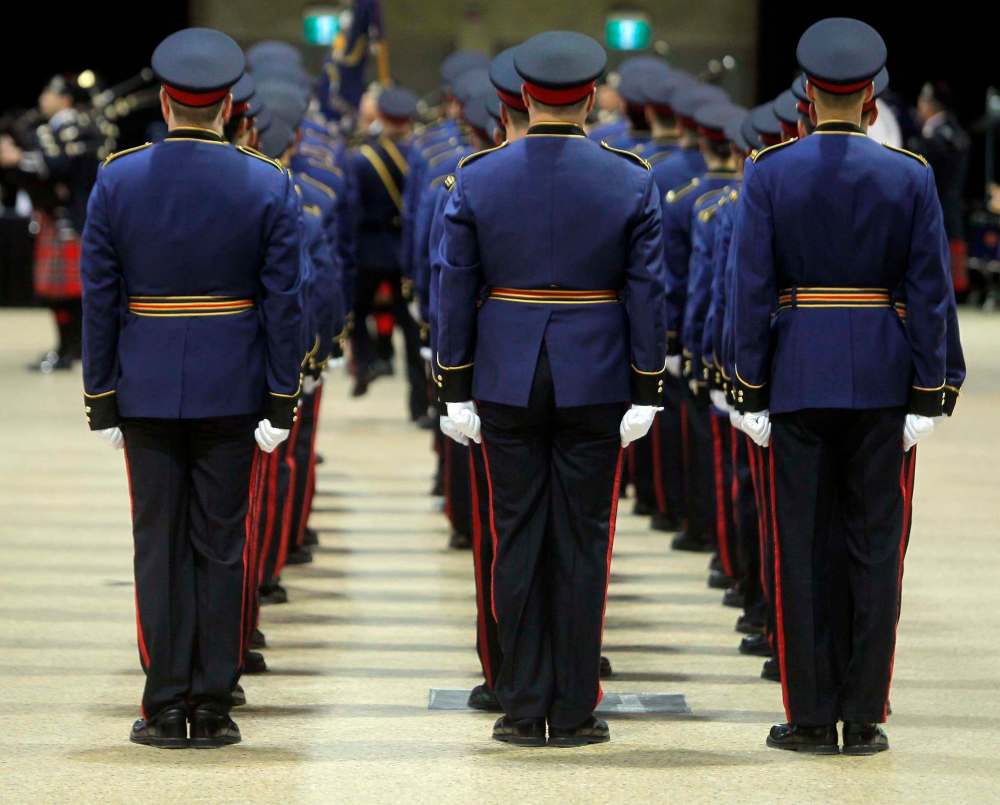Shrinking police force a growing problem for city council
Read this article for free:
or
Already have an account? Log in here »
To continue reading, please subscribe:
Monthly Digital Subscription
$1 per week for 24 weeks*
- Enjoy unlimited reading on winnipegfreepress.com
- Read the E-Edition, our digital replica newspaper
- Access News Break, our award-winning app
- Play interactive puzzles
*Billed as $4.00 plus GST every four weeks. After 24 weeks, price increases to the regular rate of $19.00 plus GST every four weeks. Offer available to new and qualified returning subscribers only. Cancel any time.
Monthly Digital Subscription
$4.75/week*
- Enjoy unlimited reading on winnipegfreepress.com
- Read the E-Edition, our digital replica newspaper
- Access News Break, our award-winning app
- Play interactive puzzles
*Billed as $19 plus GST every four weeks. Cancel any time.
To continue reading, please subscribe:
Add Free Press access to your Brandon Sun subscription for only an additional
$1 for the first 4 weeks*
*Your next subscription payment will increase by $1.00 and you will be charged $16.99 plus GST for four weeks. After four weeks, your payment will increase to $23.99 plus GST every four weeks.
Read unlimited articles for free today:
or
Already have an account? Log in here »
Hey there, time traveller!
This article was published 28/07/2020 (1921 days ago), so information in it may no longer be current.
The number of police officers per capita in Winnipeg continued to fall last year. It’s the seventh year in a row Winnipeg has seen its police force shrink as a percentage of the population.
Murder, guns and mayhem: WPS 2019 annual report paints stark picture
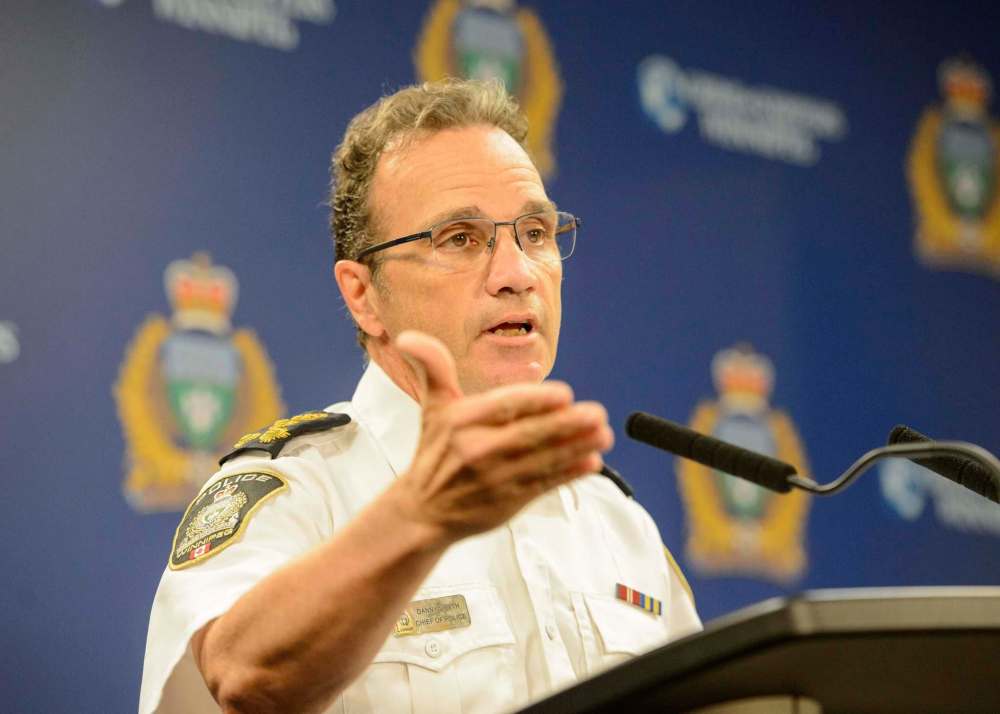
Posted:
The Winnipeg Police Service's 2019 annual report details the bloodiest year in the city’s history with a spate of brutal murders that rocked the community and a rash of liquor thefts driving a significant spike in property crimes.
With rising crime rates (including another year of soaring violent offences last year), the question of how much more the police complement can contract before cops can no longer keep up with emergency calls and crime investigations could soon become a pressing matter.
Winnipeg’s police complement stood at 178 officers per 100,000 people last year, according to the Winnipeg Police Service’s 2019 annual report released last week. That’s down from 181 the previous year. The police complement, on a per capita basis, has fallen every year since 2012 when it peaked at 217 per 100,000 — an 18 per cent decline over seven years.
Some of that is due to the civilianization of the police force — duties previously performed by cops that are now done by non-sworn staff. But that’s only part of it. After years of growth in the police service, Winnipeg is now getting by with fewer cops per capita than it has in years for basic policing work.
That is part of a national trend. Canada saw its lowest per capita complement of police in 2018 (185 police officers per 100,000) since 2001.
Winnipeg is in a unique position, though. It continues to have the highest levels of reported violent crime in the country. Even if city hall heeded calls to “defund” some portions of the police budget (and had provincial support to transfer some responsibilities away from police, such as non-violent domestic issues), cops still need to respond to emergency calls and investigate crimes. That’s not going away.
Police aren’t solving as many crimes as they did five years ago. The WPS clearance rate — the percentage of offences that result in a charge — has fallen every year for the past five, from about 37 per cent in 2014 to 27 per cent in 2019. For violent crimes, it’s down from 68.5 per cent in 2015 to 58.2 per cent last year.
Those aren’t huge declines. Clearance rates fluctuate over time for many reasons. But it’s a trend city hall should keep an eye on.
The main driver behind a smaller police force is money. The police budget has soared over the past two decades, taking up a larger share of the city’s overall budget. From 2009 to 2014, the annual police budget grew, on average, 7.1 per cent to $256.3 million. That’s not sustainable. Over the past five years, the increase has been more modest: a 3.3 per cent average annual increase. (The police budget was $301.4 million last year).
On a per capita basis, spending on police increased to $395 per person in 2019, up from $361 in 2014 — a 1.8 per cent average annual increase, which is in line with inflation.
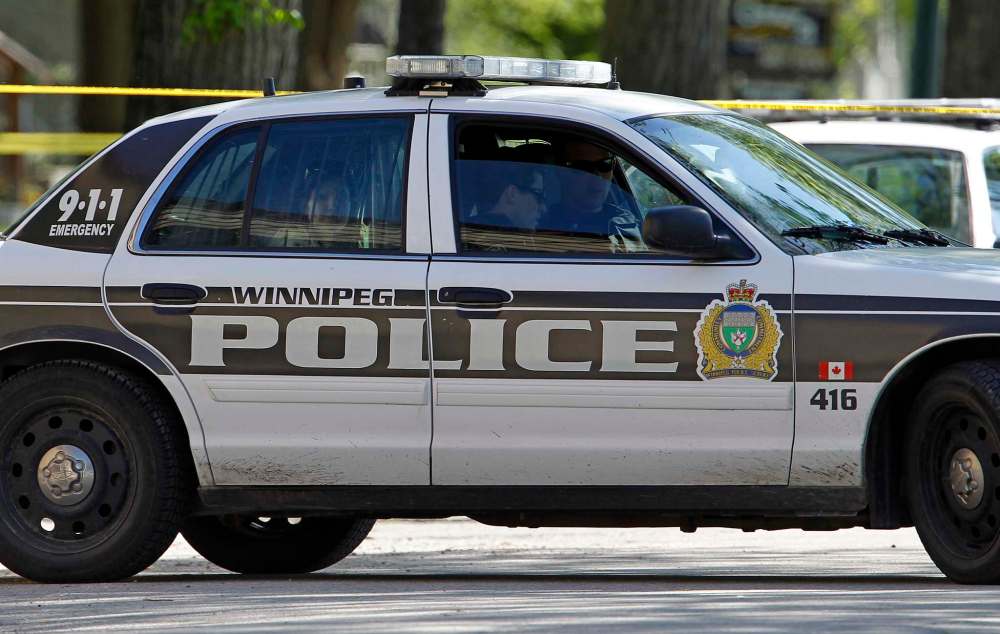
The challenge for city hall and the WPS going forward will be how to control costs without reducing the complement further. Unless the province is willing to take over (and fund) some of the responsibilities that end up in the police queue, such as calls for wellness checks and chronic teen runaways that are better suited to social work than policing, the WPS workload isn’t about to fall anytime soon.
Which means reducing the police complement any further is probably unwise. Already police Chief Danny Smyth said the service had to make “drastic changes” last year, including reassigning officers and closing district stations to walk-in reporting, to handle higher volumes of crime investigations.
There are always ways to spend smarter and reduce discretionary expenditures. The approach taken by Mayor Brian Bowman to make arbitrary changes to the police pension plan (a legal battle he ultimately lost) was not the way to do it. The mayor’s attempt to run roughshod over collective bargaining will only make it more difficult to get concessions from the Winnipeg Police Association in the next round of contract talks.
Either way, city hall will have to figure out how to keep a lid on the police budget without further eroding the size of the force. It will be one of city council’s biggest challenges over the next few years.
tom.brodbeck@freepress.mb.ca

Tom Brodbeck is an award-winning author and columnist with over 30 years experience in print media. He joined the Free Press in 2019. Born and raised in Montreal, Tom graduated from the University of Manitoba in 1993 with a Bachelor of Arts degree in economics and commerce. Read more about Tom.
Tom provides commentary and analysis on political and related issues at the municipal, provincial and federal level. His columns are built on research and coverage of local events. The Free Press’s editing team reviews Tom’s columns before they are posted online or published in print – part of the Free Press’s tradition, since 1872, of producing reliable independent journalism. Read more about Free Press’s history and mandate, and learn how our newsroom operates.
Our newsroom depends on a growing audience of readers to power our journalism. If you are not a paid reader, please consider becoming a subscriber.
Our newsroom depends on its audience of readers to power our journalism. Thank you for your support.
History
Updated on Tuesday, July 28, 2020 7:33 PM CDT: Corrects violent crime clearance rates

